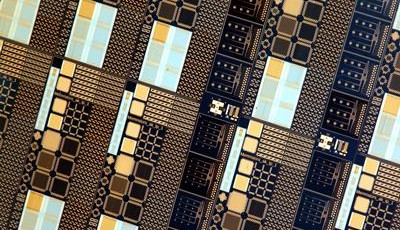Memristors keep improving, but when can we start ordering?
January 30, 2018
on
on

When, like us, you follow the developments at the forefront of electronics you surely will have encountered many claims of a new-found technology about to change the future of electronics or spawning a new generation of devices. In many cases it is more PR than reality, but that doesn’t make this kind of discovery less interesting.
The memory resistor or memristor, a resistive memory device, is such a technology. For some years now we are monitoring the evolution of the memristor with its interesting properties. This non-linear potential fundamental circuit element is capable of storing information by changing its resistance. Traditional transistor memory elements store information as an electrical charge.
Memristors are smaller and simpler than transistors, and use less power. They sort of remember the amount of charge that has passed through them, which makes them interesting as memory cells. Currently the main problem of memristors is poor long-term stability of independent states.
Researchers at the University of Southampton have demonstrated a new metal-oxide bi-layer memristor technology that can store up to 92 discernible memory states per switch, which is almost four times more than previously reported. Besides capable of storing up to 6.5 bits of information, the cells also exhibit excellent retention and low power consumption.
Image source: University of Southhampton
The memory resistor or memristor, a resistive memory device, is such a technology. For some years now we are monitoring the evolution of the memristor with its interesting properties. This non-linear potential fundamental circuit element is capable of storing information by changing its resistance. Traditional transistor memory elements store information as an electrical charge.
Memristors are smaller and simpler than transistors, and use less power. They sort of remember the amount of charge that has passed through them, which makes them interesting as memory cells. Currently the main problem of memristors is poor long-term stability of independent states.
Researchers at the University of Southampton have demonstrated a new metal-oxide bi-layer memristor technology that can store up to 92 discernible memory states per switch, which is almost four times more than previously reported. Besides capable of storing up to 6.5 bits of information, the cells also exhibit excellent retention and low power consumption.
Image source: University of Southhampton
Read full article
Hide full article


Discussion (1 comment)